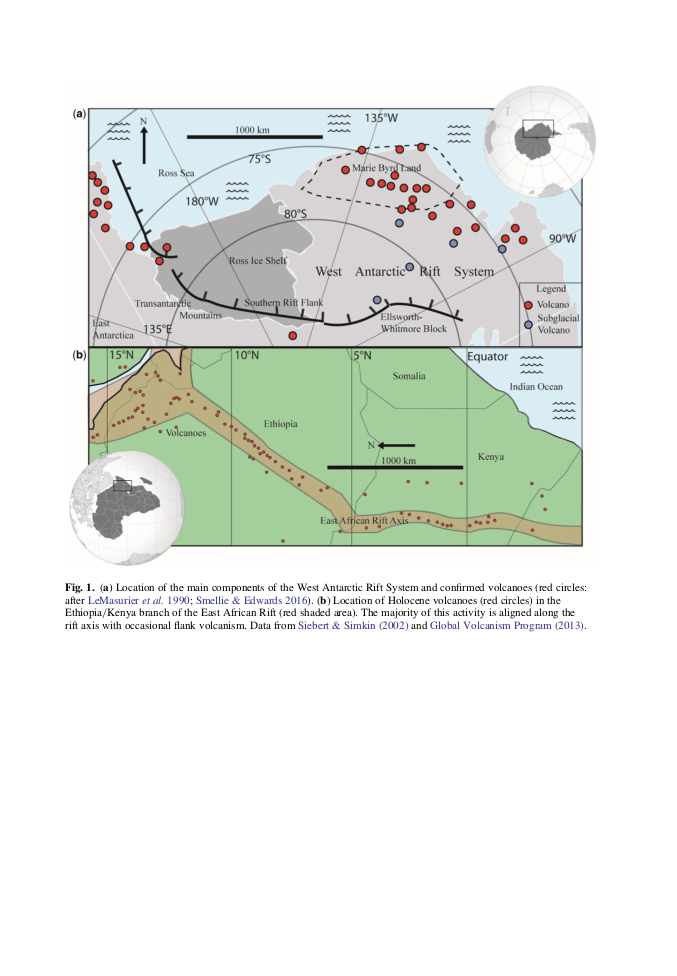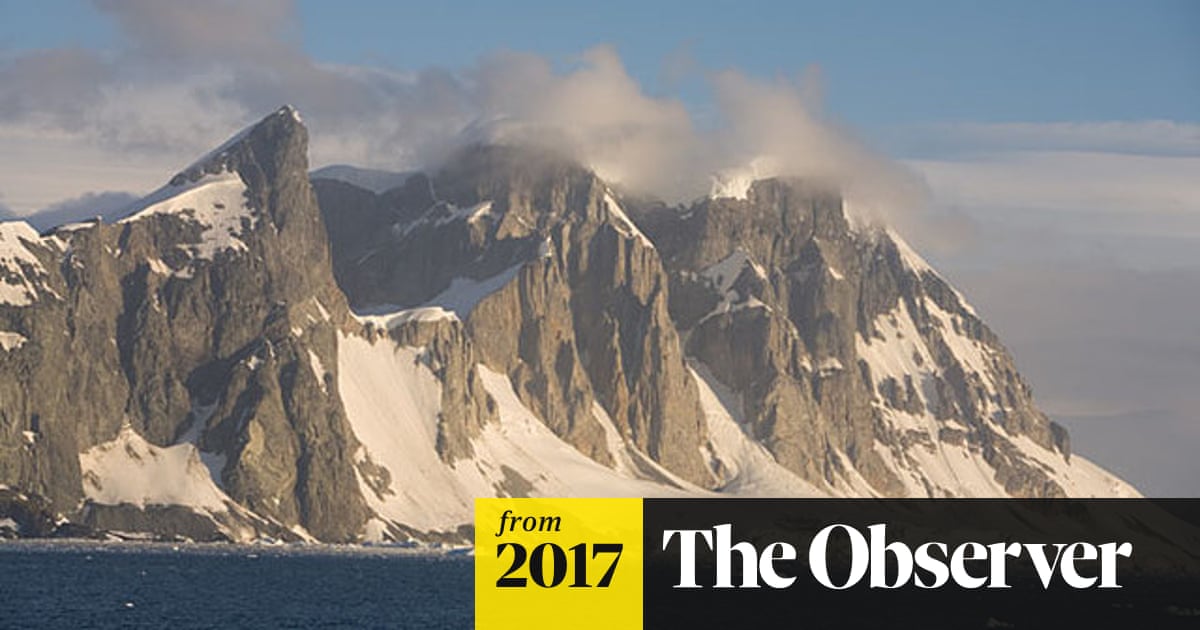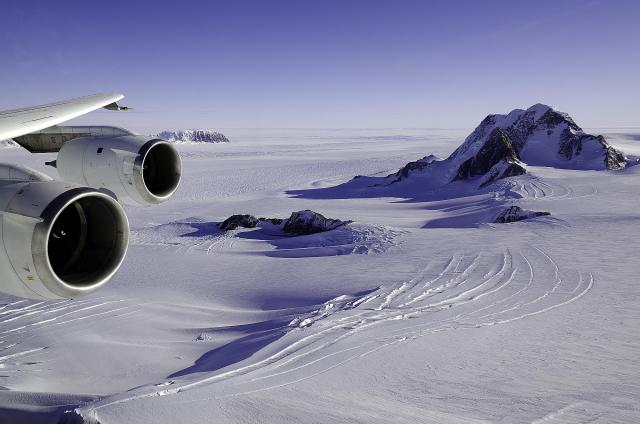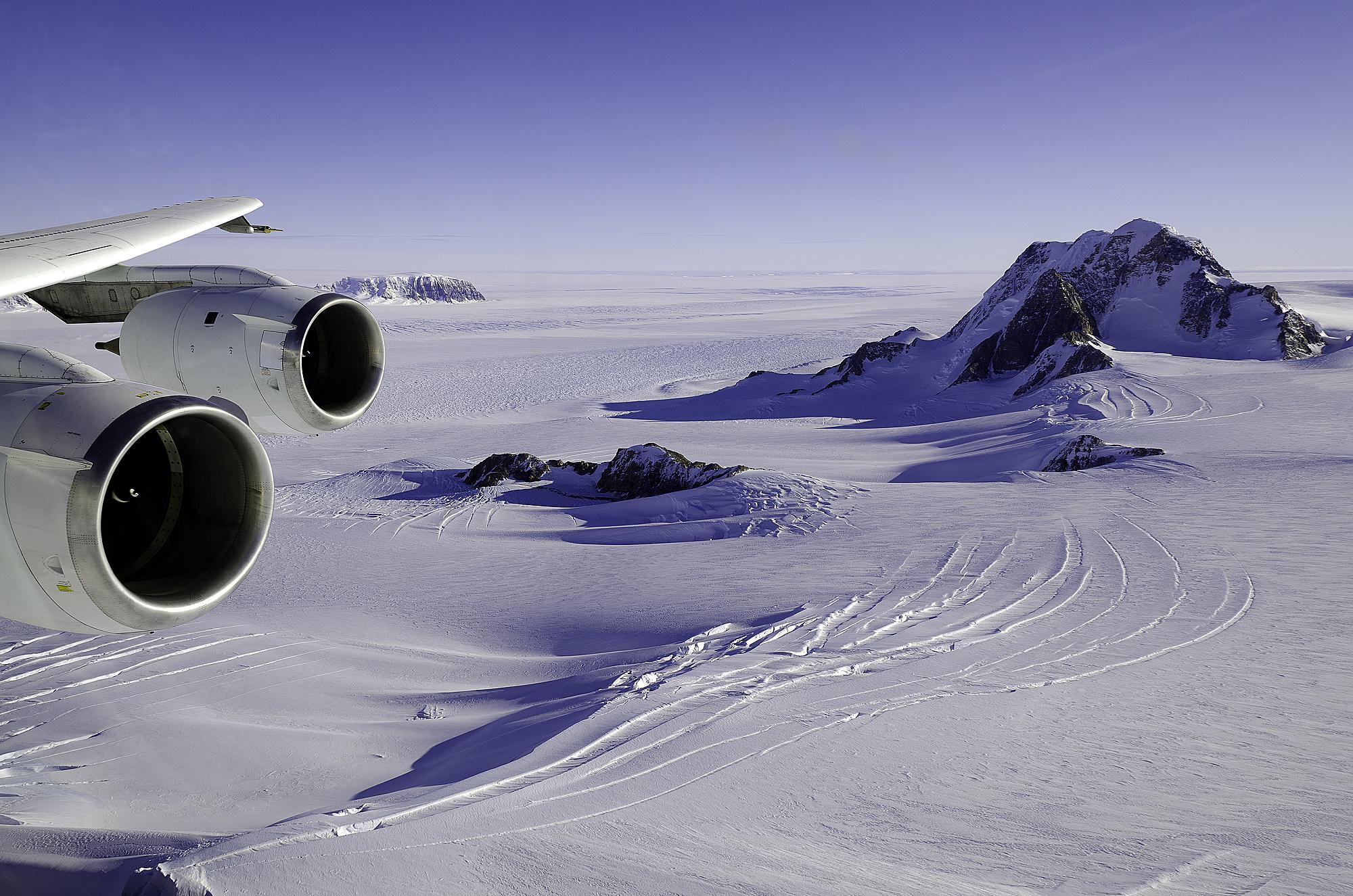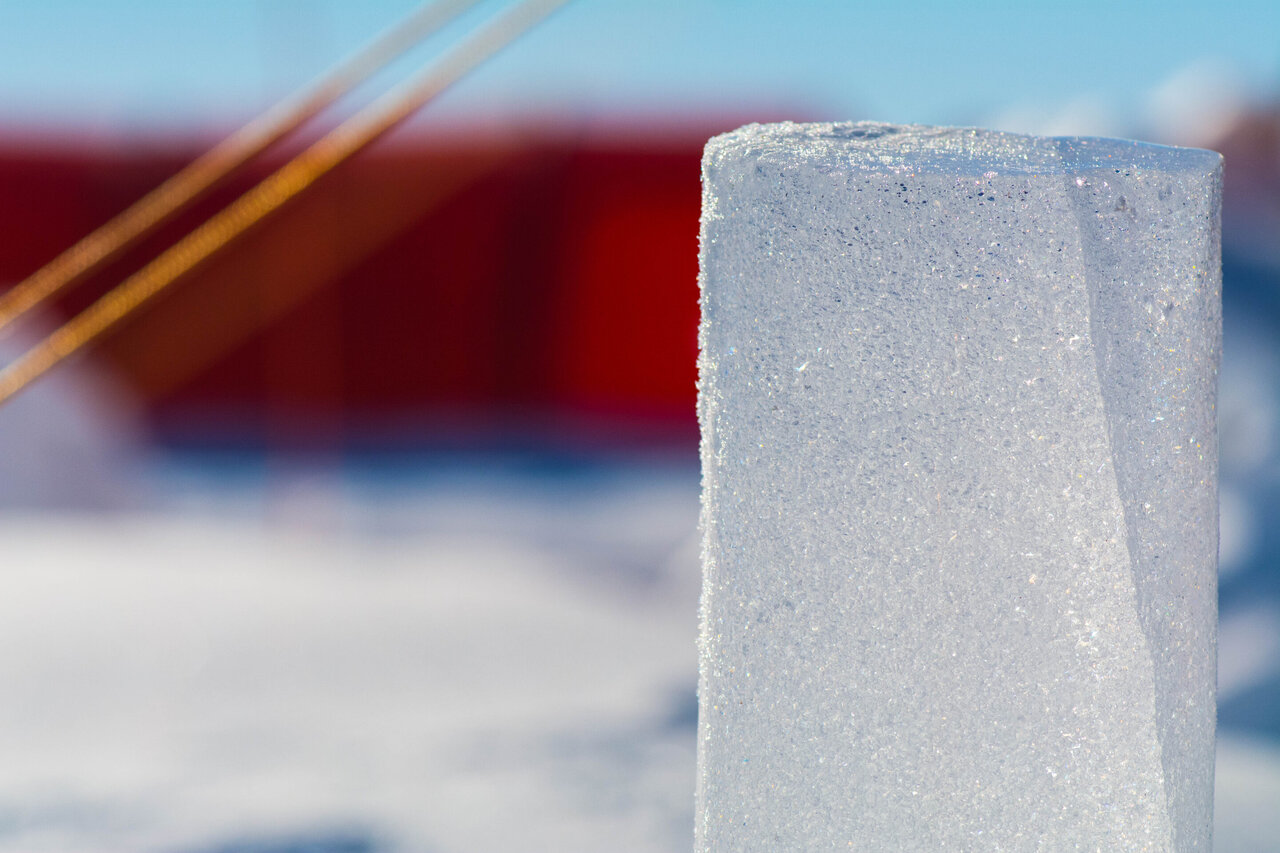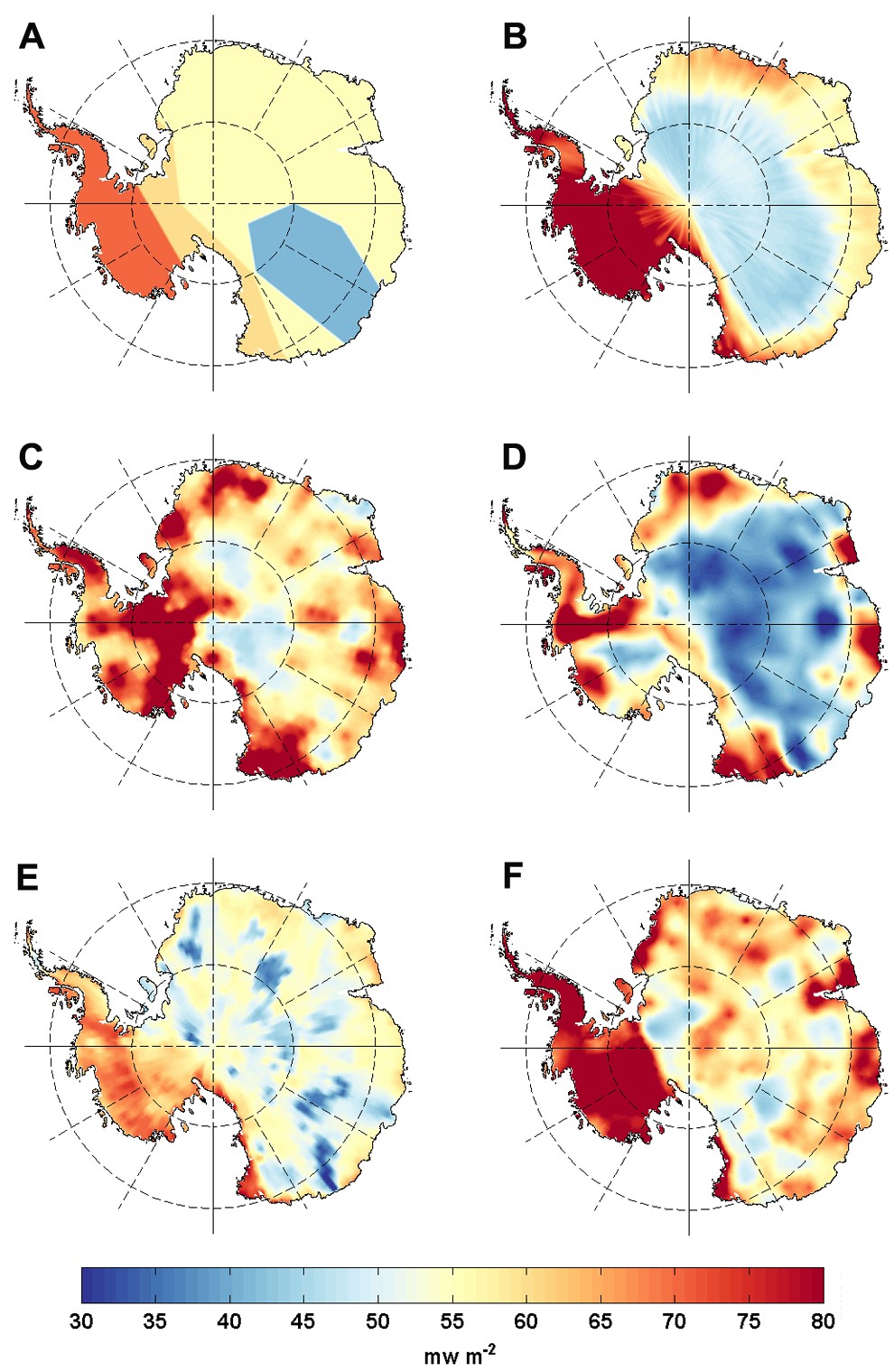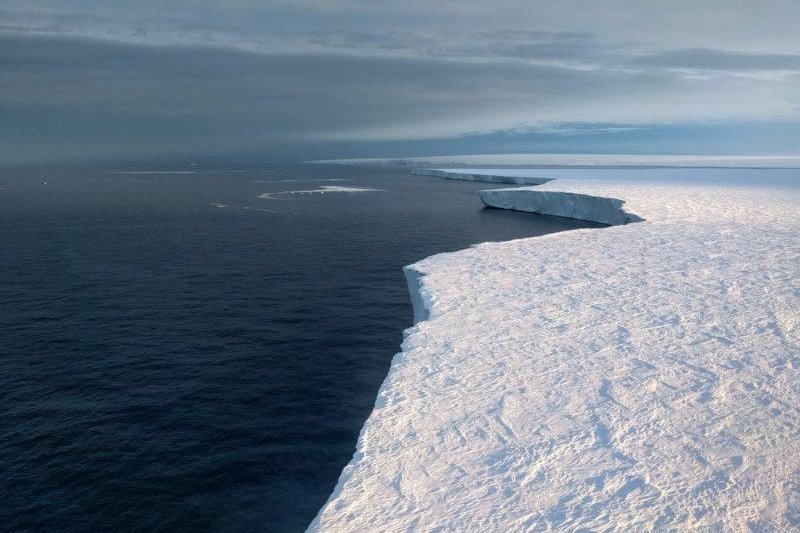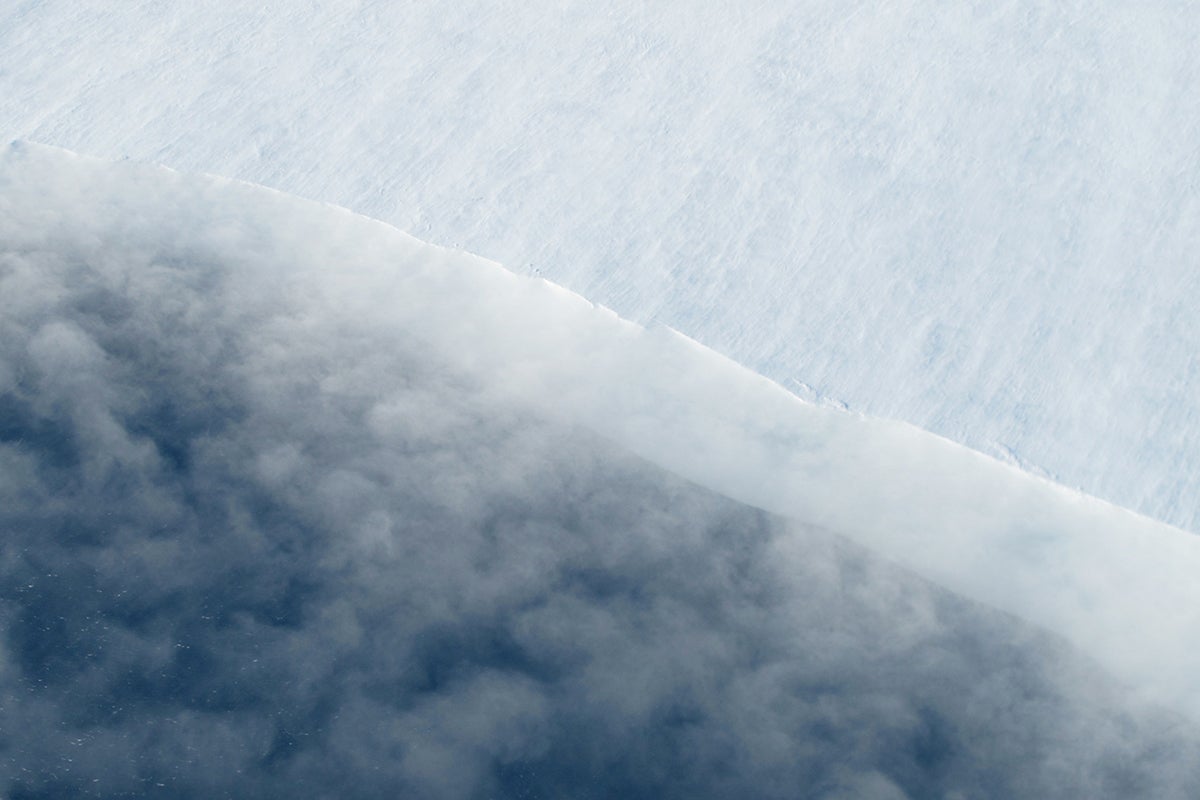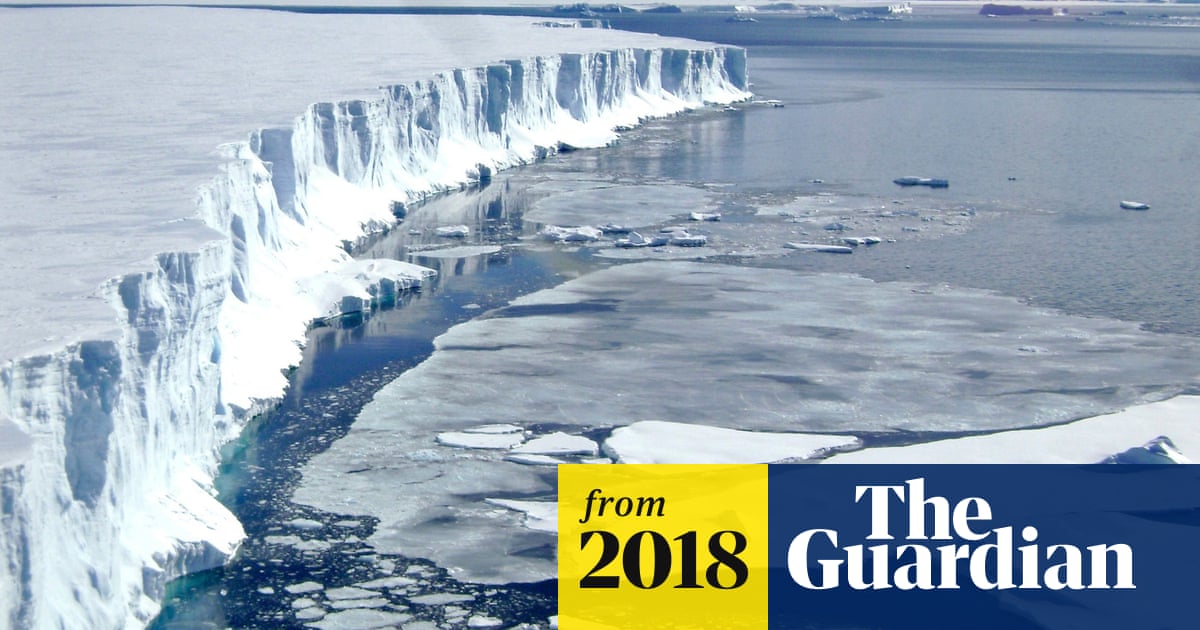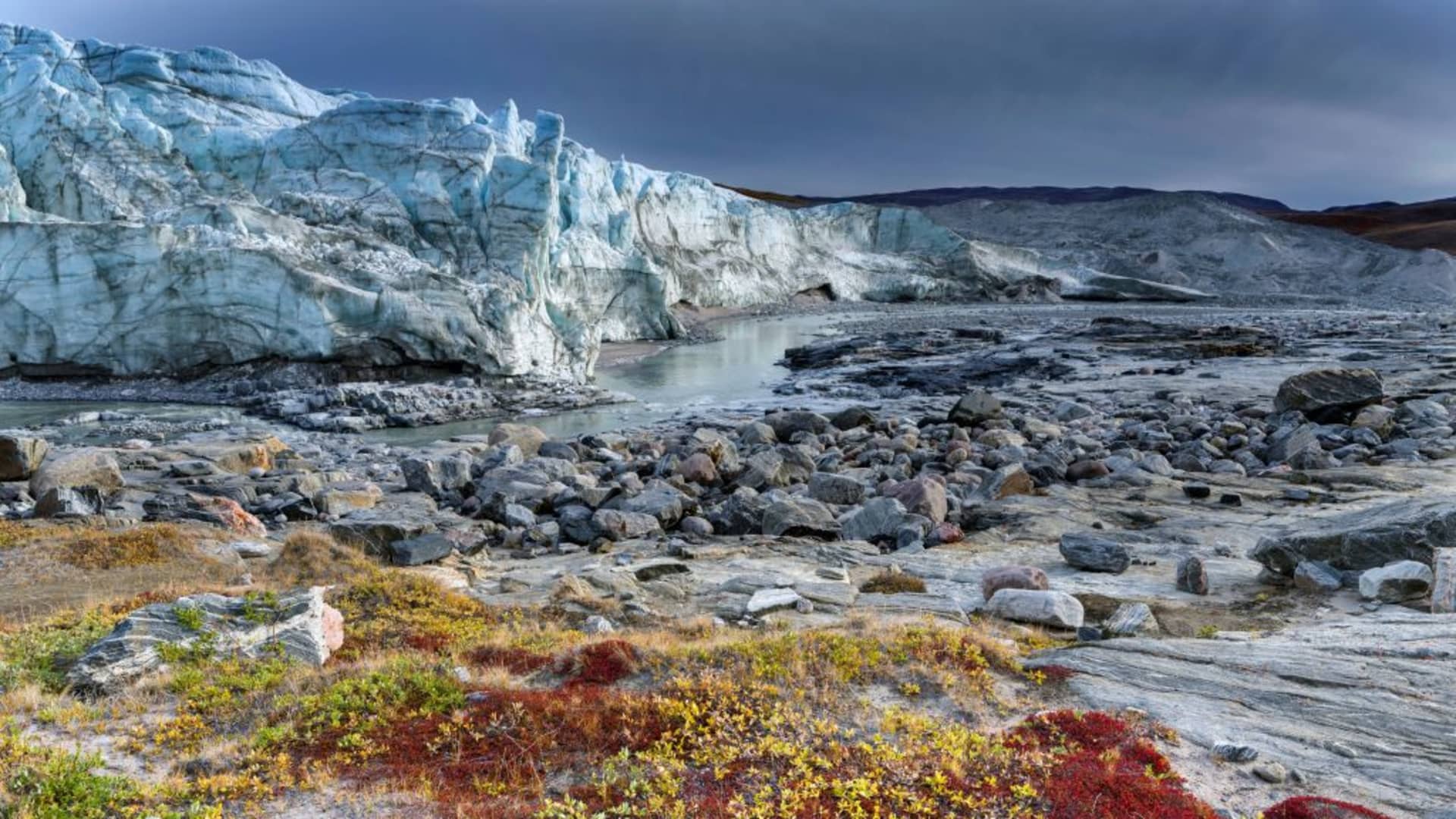Only people who tend to the hysterical sit around worrying about stuff like this. Most people are not hysterical which is why very few concerned. Too, most people have been hearing the rants from the climate obsessed for years and seen dozens and dozens of doom and gloom predictions fall flat on their face.
Anyway.......heres the cold hard fact that the climate crusaders cant quite fathom that most of the rest of the world can...........
China continues to build 2-3 coal plants/month and will continue to do so for the next 9.......thats NINE years. What does that mean? If the temps rise, we cant do dick about it. Either the climate crusaders dont have the intelligence to connect the dots on this OR they support this green stuff for nefarious reasons that relate to hate for their country and their people...........yes.......human racists my friends! Human racists..........these people need to be monitored.
Anyway.......heres the cold hard fact that the climate crusaders cant quite fathom that most of the rest of the world can...........
China continues to build 2-3 coal plants/month and will continue to do so for the next 9.......thats NINE years. What does that mean? If the temps rise, we cant do dick about it. Either the climate crusaders dont have the intelligence to connect the dots on this OR they support this green stuff for nefarious reasons that relate to hate for their country and their people...........yes.......human racists my friends! Human racists..........these people need to be monitored.


